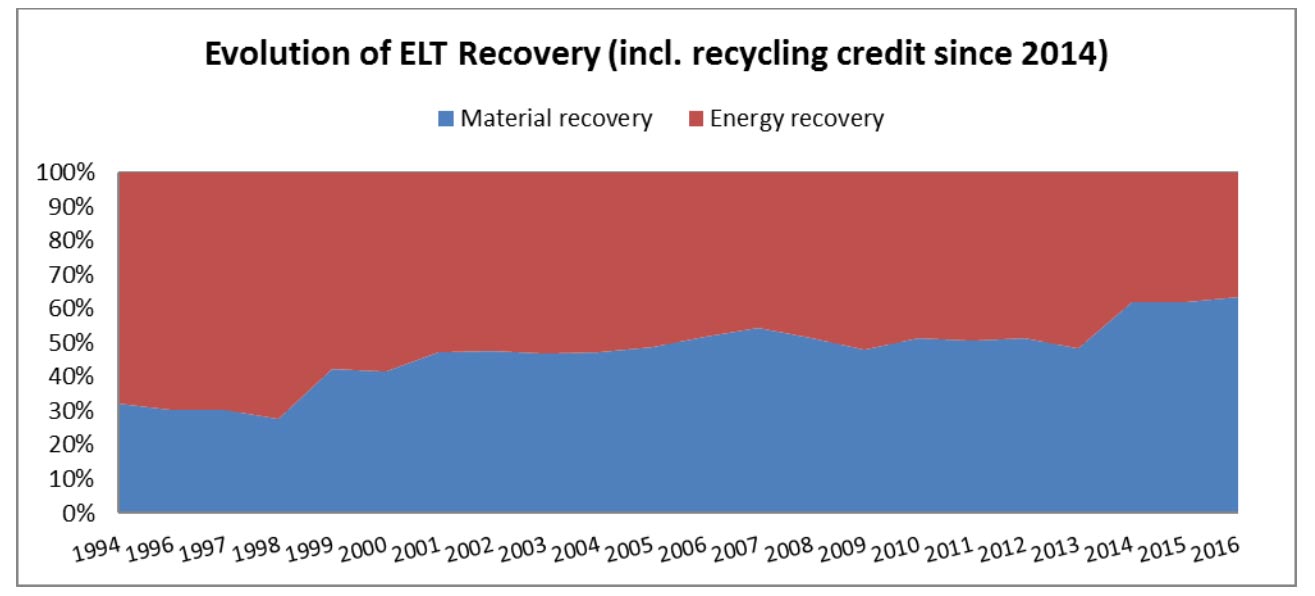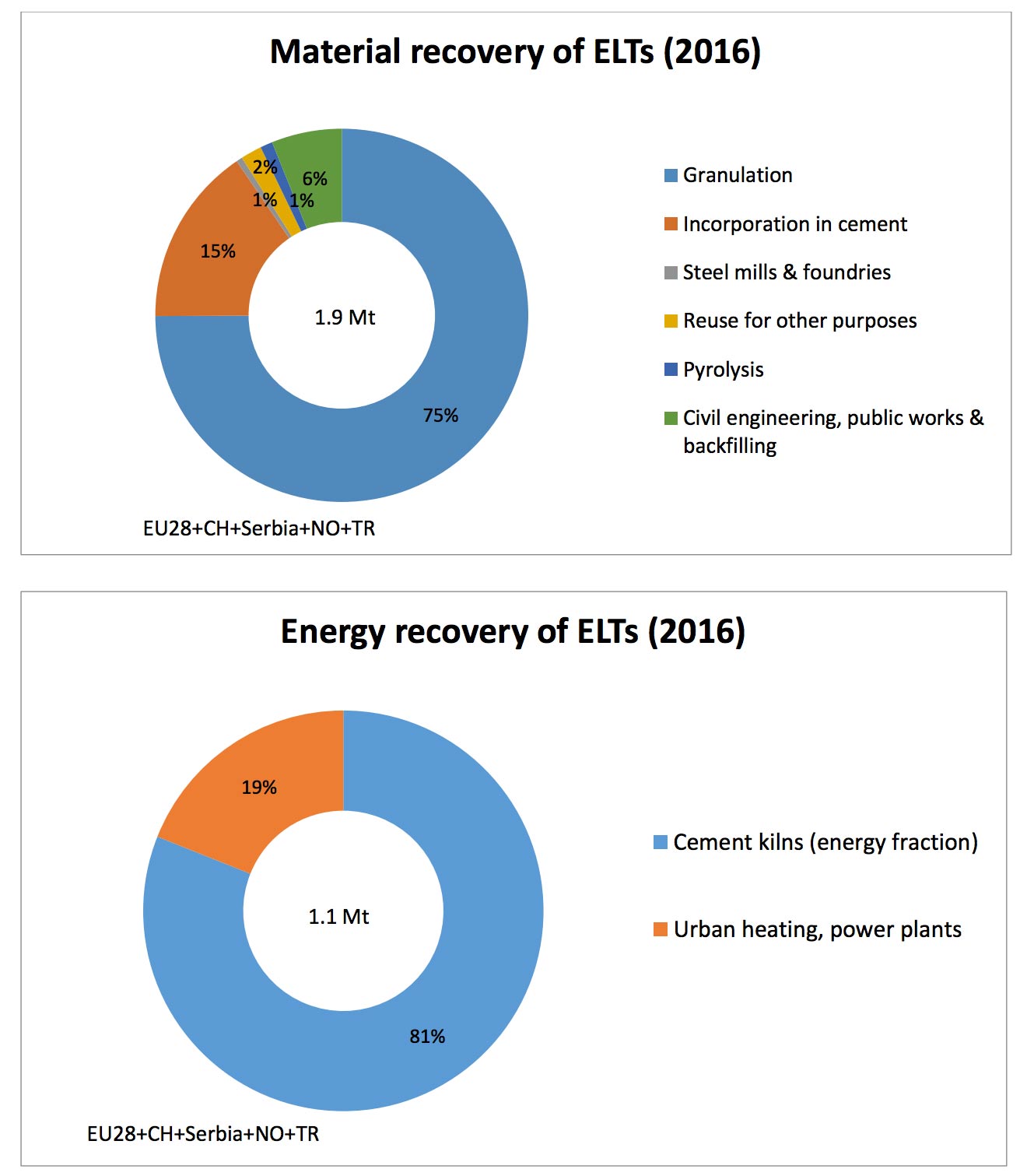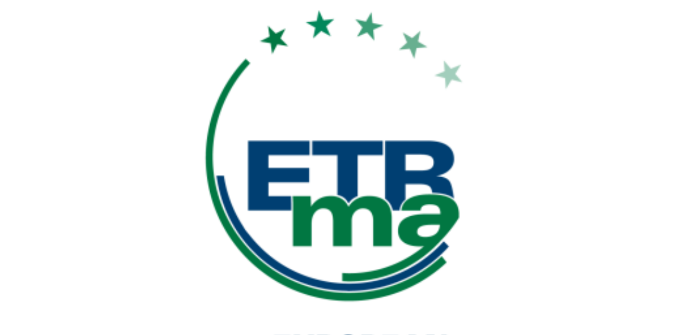The ETRMA has consolidated used tire (UTs) management data for 2016 covering 32 countries (EU28, Norway, Serbia, Switzerland and Turkey).
Detailed analysis of the data shows that, compared to the previous year, UTs in 2016 in Europe (3.9 metric tons) increased by about 66,000 tonnes (+2%) while reuse of part worn tires (comprising casings used for retreading on the domestic market, export and domestic second hand markets) dropped by 5%.
This means that, after sorting, around 3.29 metric tons of end of life tires (ELT) remained for further treatment, that is, an additional 100,000 tons of ELTs compared to 2015.
The main learnings from 2016 ELT management practices can be summarized as follows:
– ELT granulation continued to be strong (+9.3% vs. 2015)
– ELTs sent to energy recovery slightly increased (+2%)
– Civil engineering uses of whole or shredded ELTs shrunk by 3% as did the reuse of tires as blasting mats and dock fenders (-15% vs. 2015).
– The inorganic content of ELTs processed in cement kilns is physically incorporated in the clinker, hence effectively recycled. This reality is reflected in the data reported since 2014.
As observed for other waste streams, the EPR model for tires further expanded in Europe with three new countries (Czech Republic and Slovakia in 2016 and Ireland in 2017) leading to the creation of ELTma CZ, ELTma SK and Repak ELT as collective schemes approved by national authorities.
In 2018, 23 countries are now operating under an EPR regime for tires representing about 65% of EU ELTs. Some discussions have recently kicked-off in the UK to study the feasibility of introducing an EPR regime for tires.

“The tire industry clearly supports the EPR model,” said Fazilet Cinaralp, ETRMA secretary general. “When it is backed by clear statutory requirements and provides a separate line on the invoice, showing the environmental contribution for ELT management, ensuring full transparency for both national authorities and to the end consumer.”
Cinaralp added, “The latest market trends seem to indicate a saturation of the ELT granulation market in Europe.”
It is of paramount importance that new market outlets are developed for ELT granulates. National Circular Economy Plans and Waste Framework Programs should incentivise this, as exemplified by the Spanish PEMAR 2016-2022 (State Framework Waste Management Plan), promoting the use of ELTs in asphalt rubber, a very promising market, which is yet under-exploited.
“European harmonized end-of-waste criteria for ELT granulates and powder are also needed to ensure a level playing field between virgin and secondary raw materials,” concluded Cinaralp.




